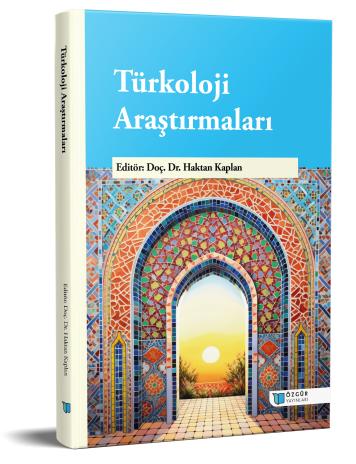
The Appellative of “Garip” and The Phenomenon of “Garip” in The Poems of Ashik Hasan Hüseyin Erden
Chapter from the book:
Kaplan,
H.
(ed.)
2025.
Turcology Studies.
Synopsis
Turkish poetry, which has a long history, was divided into some classes after the Turks accepted Islam, and today it continues its existence in different literary groups and has become increasingly richer. The term "ashik" end of the 15th century onwards. The tradition of minstrel style poetry, the foundation of which was laid on the basis of the bard-baksı tradition, has become one of the richest branches of Turkish literature to this day. Representatives of the ashik style poetry tradition, known by different names among Turkish tribes, are called "ashik" in Anatolia and Azerbaijan today. These ashiks grew up in different cultural circles and created a strong understanding of poetry. Although various changes and transformations have occurred in this poetry tradition, they have also ensured its survival until today. With these changes, over time and over the centuries, the tradition of ashik style poetry began to emerge and its own rules and form of performance emerged. The tradition of ashik literature has developed under the influence of factors such as the social and cultural structure of the Turkish society, its historical processes, cultural interactions, as well as its religious structure, and presents a unique structure: The ashiks who practice the tradition of minstrelsy have expressed both their inner worlds and the values and beliefs of the society in their poems, sometimes only verbally and sometimes both with their saz and words. The tradition of ashik, which has developed from the 16th century to the present day, consists of Turkish saz poetry and ashik tradition, as well as performances such as playing the saz, ashik encounters, and taking appalative. It is seen that the ashiks follow this tradition while performing their art. Although ashiks have similar characteristics in tradition, they differ from other ashiks in some of their characteristics. The appalative we are discussing in our study is the nickname or second name used by ashiks and poets in their poems. Using appalative has become a tradition in folk poetry. While ashiks prefer different names as appalative in the face of various events, sometimes they use their first name, last name or both as pseudonyms. The pen names used in the last quatrain of the poem show who the poem belongs to. In the tradition of ashik, using a pen name is also called tapşirma.

